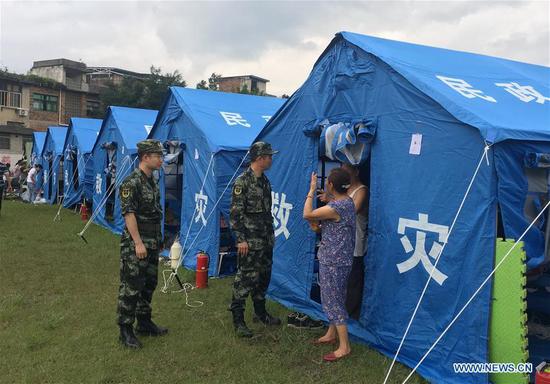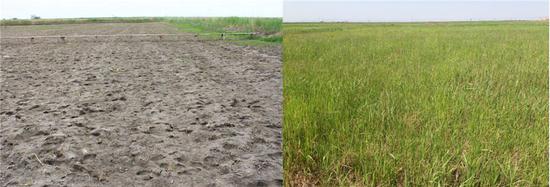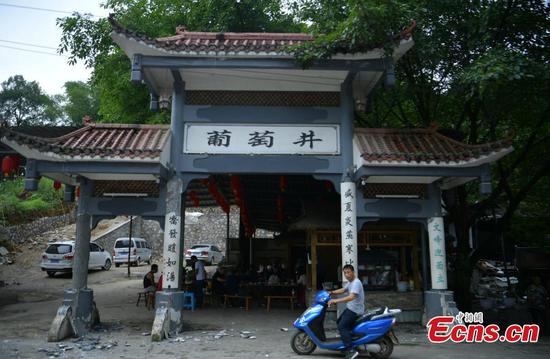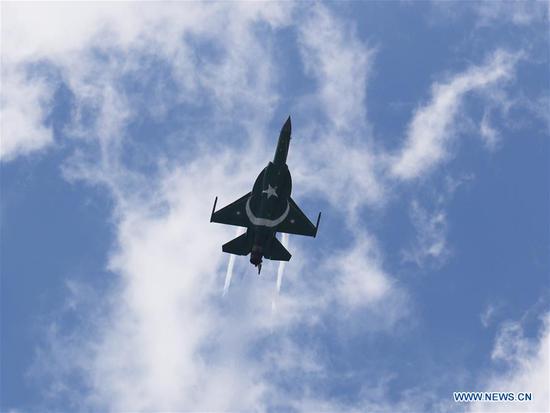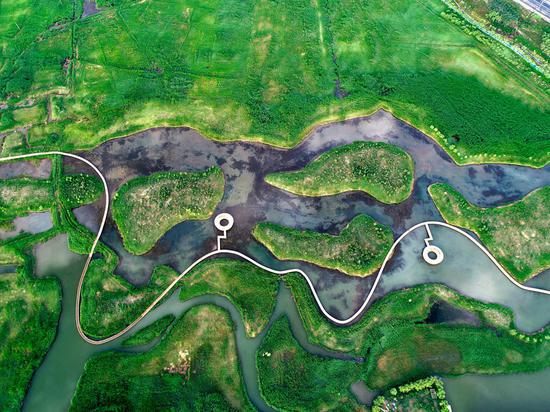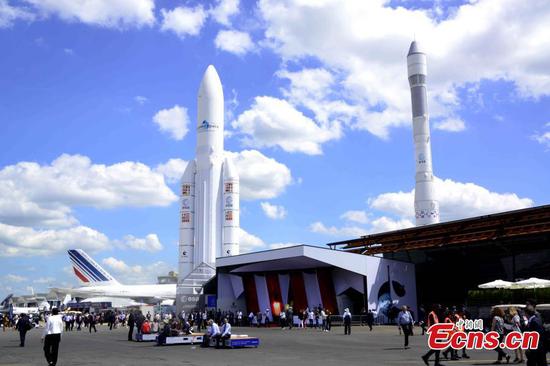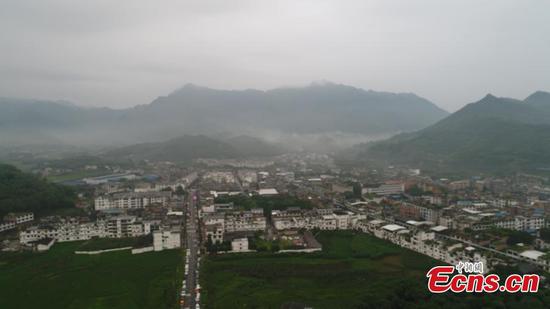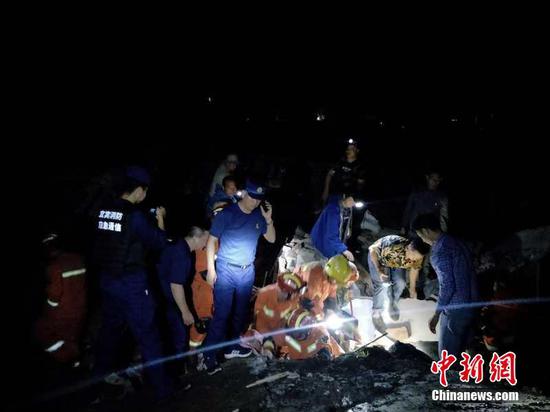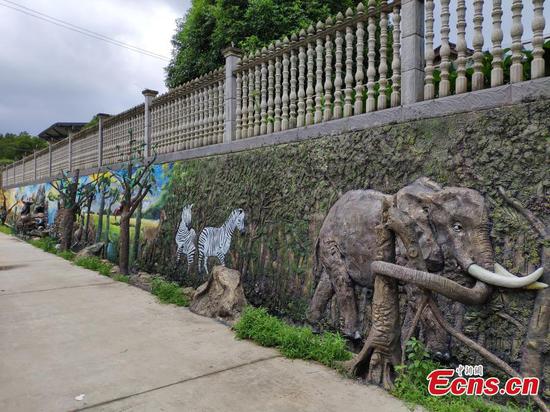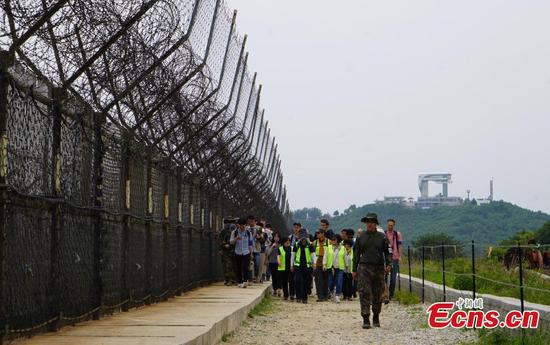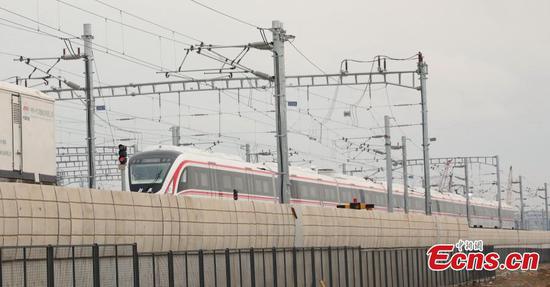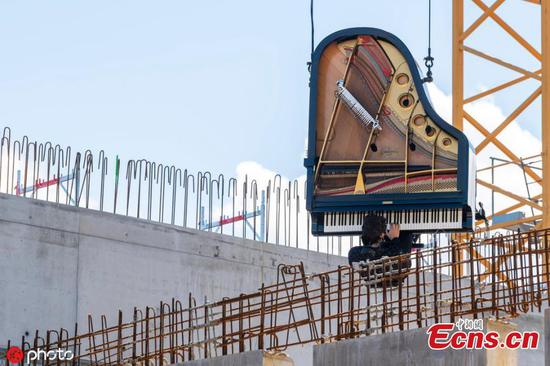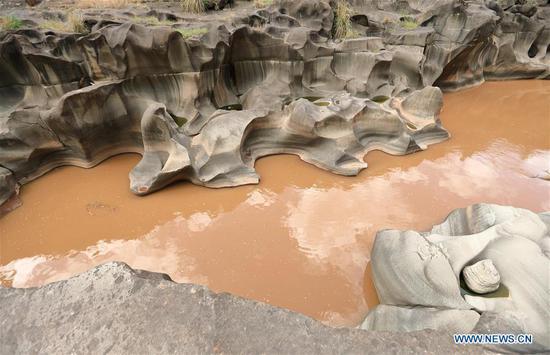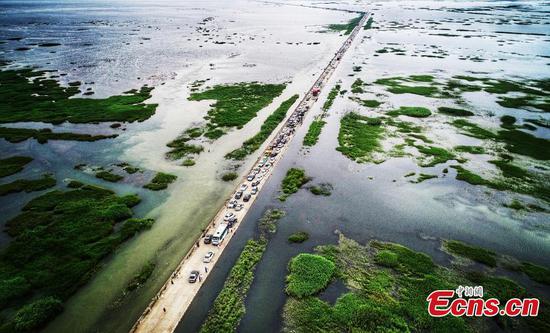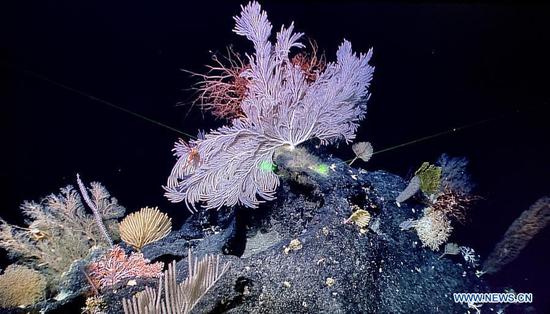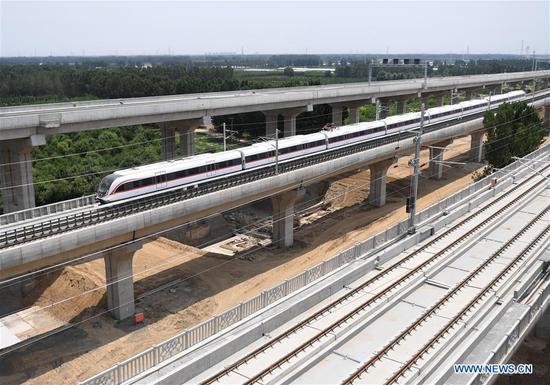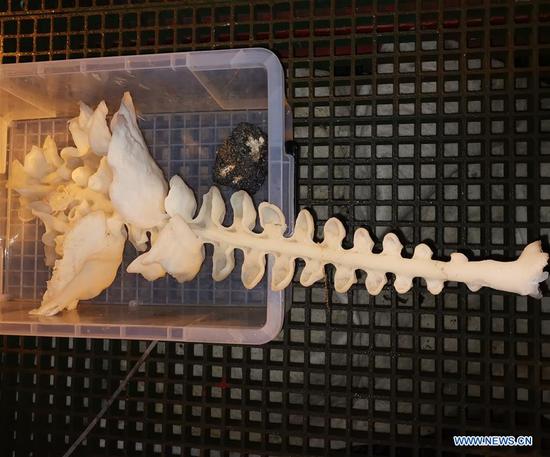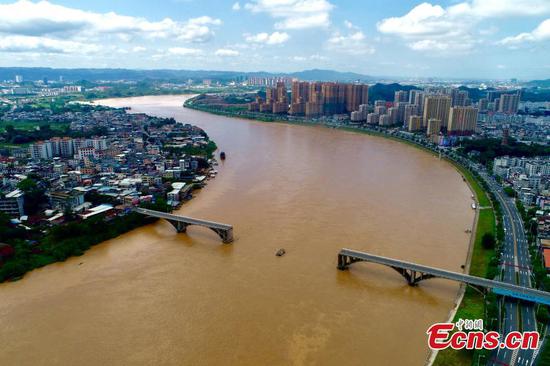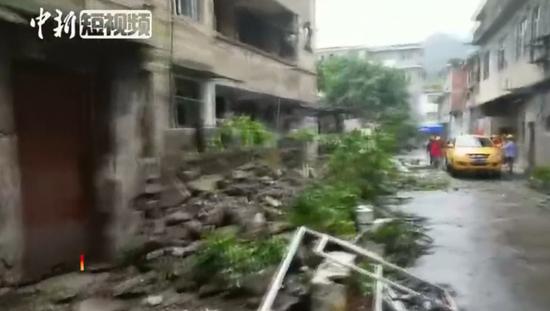The Japan Meteorological Agency (JMA) revised the magnitude of an earthquake which struck off Yamagata Prefecture on Tuesday evening to 6.7, with tsunami advisories lifted.
The quake was originally estimated to have a magnitude of 6.8 when it struck off the northern Japanese prefecture late Tuesday night, according to the JMA.
The tsunami advisories, issued in places along the coastal areas of Yamagata, Niigata and Ishikawa prefectures, were later lifted at about 1:02 a.m. Wednesday local time (1602 GMT Tuesday) by the JMA.
The meteorological agency said there is no fear of major tsunami damage. The first small wave of tsunami reached Awashima Island in Niigata Prefecture at 11:05 p.m. Tuesday local time (1405 GMT) and later arrived at the coastline of Sakata in Yamagata Prefecture, the JMA said.
The temblor of the quake occurred at 10:22 p.m. Tuesday local time (1322 GMT), with its epicenter at a latitude of 38.6 degrees north and a longitude of 139.5 degrees east, and at a depth of about 14 km.
The quake logged upper 6 on the Japanese seismic intensity scale of 7 in the area of Kaetsu in Niigata Prefecture and lower 6 in the area of Shonai in Yamagata Prefecture.
According to the JMA, several waves of aftermaths hit the nearby areas of the temblor, with the latest quake of 4.1 magnitude offshore Kaetsu District in Niigata Prefecture at about 12:57 a.m. Wednesday local time (1557 GMT Tuesday).
The Secretariat of the Nuclear Regulation Authority said there are no abnormalities at the Kashiwazaki-Kariwa nuclear complex run by Tokyo Electric Power Company Holdings Inc.
East Japan Railway Co. said it suspended operations of Yamagata, Akita and Joetsu bullet train services, as well as its Shinkansen bullet train services connecting Tokyo with Aomori and Niigata Prefectures.
Tohoku Electric Power Company said the earthquake caused a major blackout in parts of northern Japan, with nearly 10,000 households in Yamagata Prefecture and Niigata Prefecture out of power.
Japanese Chief Cabinet Secretary Yoshihide Suga, who entered the prime minister's office after 10:40 p.m. local time (1340 GMT), told reporters at an urgent press conference that authorities are still checking for injuries after the quake, adding no abnormalities have so far been detected at nuclear power plants after the quake.
Suga urged people in the affected areas to remain on alert. According to Suga, Japanese Prime Minister Shinzo Abe returned to his office following the quake, instructing government officials to do all they can for rescue and relief operations.
According to local media, similar big earthquakes have taken place in the past in the coastal region facing the Sea of Japan from Hokkaido to Niigata Prefecture.
"Active faults are concentrated (around the area hit by the latest earthquake) and some of them likely moved," Shinji Toda, professor of seismic geology at Tohoku University, was cited by local media as saying.
According to the expert, there are similarities in scale and mechanism between Tuesday's quake and one that rocked Niigata in 2007.









